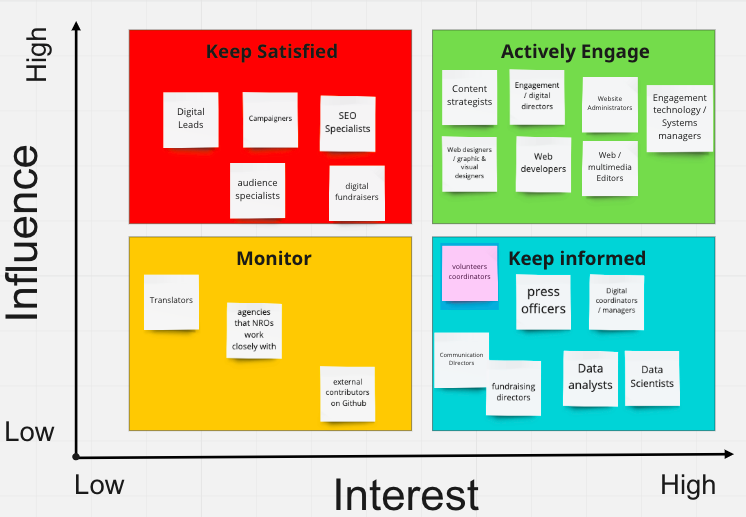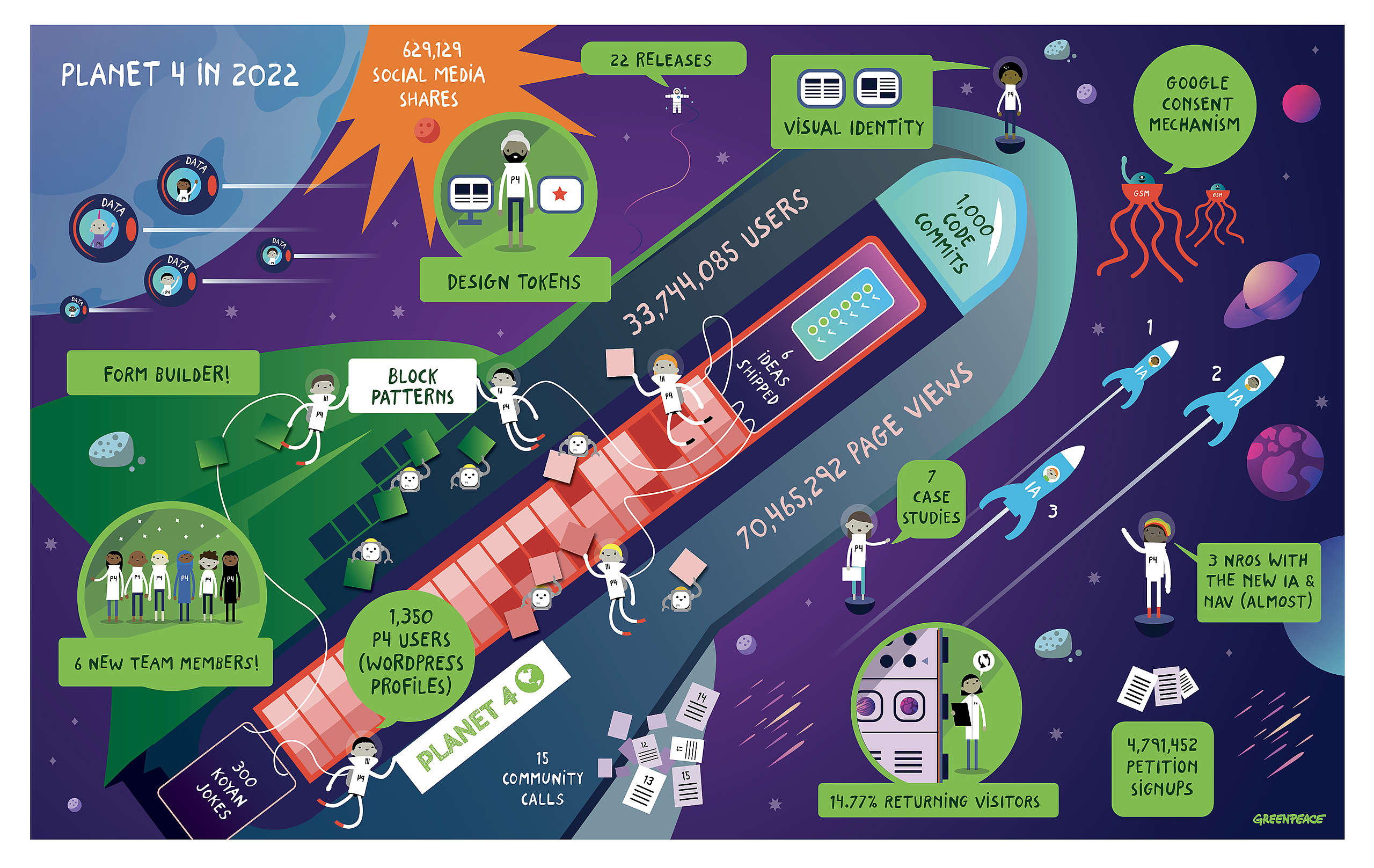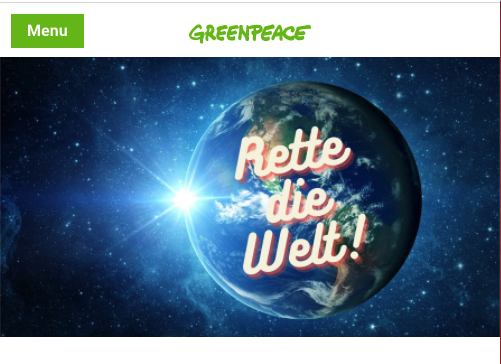Across the Greenpeace Network of Organizations, the input of the communities of practice is critical to all work streams, from operations to campaigns and technology. For Planet 4, the focus groups and interviews carried on at the beginning of the project shaped how the platform looks and what it does, how the product is managed and how community engagement is approached.
While the focus of the International team is mostly on the P4 users’ community, there are many colleagues working with, designing and strategizing for web technologies who need to be engaged in new conversations, from web design to content strategy, for instance. This is why a web community mapping project was carried forward during the summer.
This piece of work aims to identify who these people are, what they need, how they invest their resources and which platform-agnostic collaborations can come to life.
By connecting strategy to technology, these conversations are critical to harmonize the web experiences Greenpeace organizations offer around the world, reduce duplication of work, establish new connections and opportunities, and ultimately maximise resources.
The audience: web specialists across National and Regional Organizations (NROs)
This virtual board helped us identify the colleagues across the Greenpeace offices who needed to be engaged with as the primary audience:
- Engagement / digital directors
- Engagement technology / systems managers
- Content strategists
- Web / graphic designers
- Website administrators
- Web developers

The format: 45 min group interviews
All practitioners were invited to collective, virtual, timezone-friendly sessions of 45 min, during which the team had to express the position of their office throughout a standard interview format.
The areas covered in the interviews included:
- NRO’s web capacity – what’s the office web skillset?
- Tools and technology – what’s the engagement systems vision ?
- Audience and demographics – for whom web engagement is shaped?
- Community needs – what do you need to share / get to know / learn and experiment with colleagues around the world?
The sessions were not recorded and notes were captured in a comparable, open and easy-to-consume file (accessible to Greenpeace staff only, for privacy reasons).
All interviewees were made aware of what the information will be used for, that their names / contact details will be made available within the Greenpeace community and that the overall results (this post!) will be publicly available.
The outcomes: new contacts, insights and a provocative one-pager
The group sessions highlighted that colleagues working with, designing, strategizing and creating content for websites, landing or donation pages find themselves isolated, unaware of what other NROs are doing and re-inventing the wheel each time. Web folks are basically not benefitting from the global expertise coming all over the Greenpeace network of organisations.
👉 This one-pager represents the main outcome of the project and includes actions to make things change 👈
To be clear, these are not only my own recommendations, but also specific tasks NROs’ digital minds requested for themselves, their leadership and GPI to carry on.
As you can see by the many “*” in the one pager, the role of the International team to enable these spaces is still perceived as key. With a lot of stakeholders to look after, unclarity on where to look for / store the info and very little time, it is difficult for NRO web practitioners to take the time to join communities or build case studies without support from international facilitators.
Besides the time and space to meet with colleagues working in web engagement, some tangible items could solve many problems, such as templates for design elements or standard content and one single contact list for the web community.
Personal considerations and next steps
Personally, I found this experience enriching and inspiring, there’s so much potential, professionalism and enthusiasm across the web community that it’s no surprise that Greenpeace is constantly a pioneer in the world of web engagement. Imagine if we leverage even more the global network of Organizations!
Even though I am not sure how many of the actions listed in the one pager will come to life (the P4 team will take care of 5.1, 5.3 and 5.4), at least we know what we need and can make plans for the future!
Lastly, I’d like to thank the International team for all the support to carry this project forward and to everyone who joined the sessions for their time to share the knowledge and wisdom and good hopes for the times ahead..



